Genocides
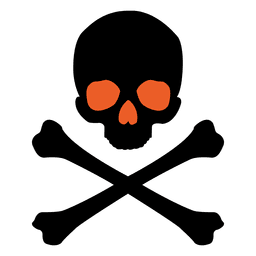
Holocaust
The Holocaust was a genocide that happened during World War II when
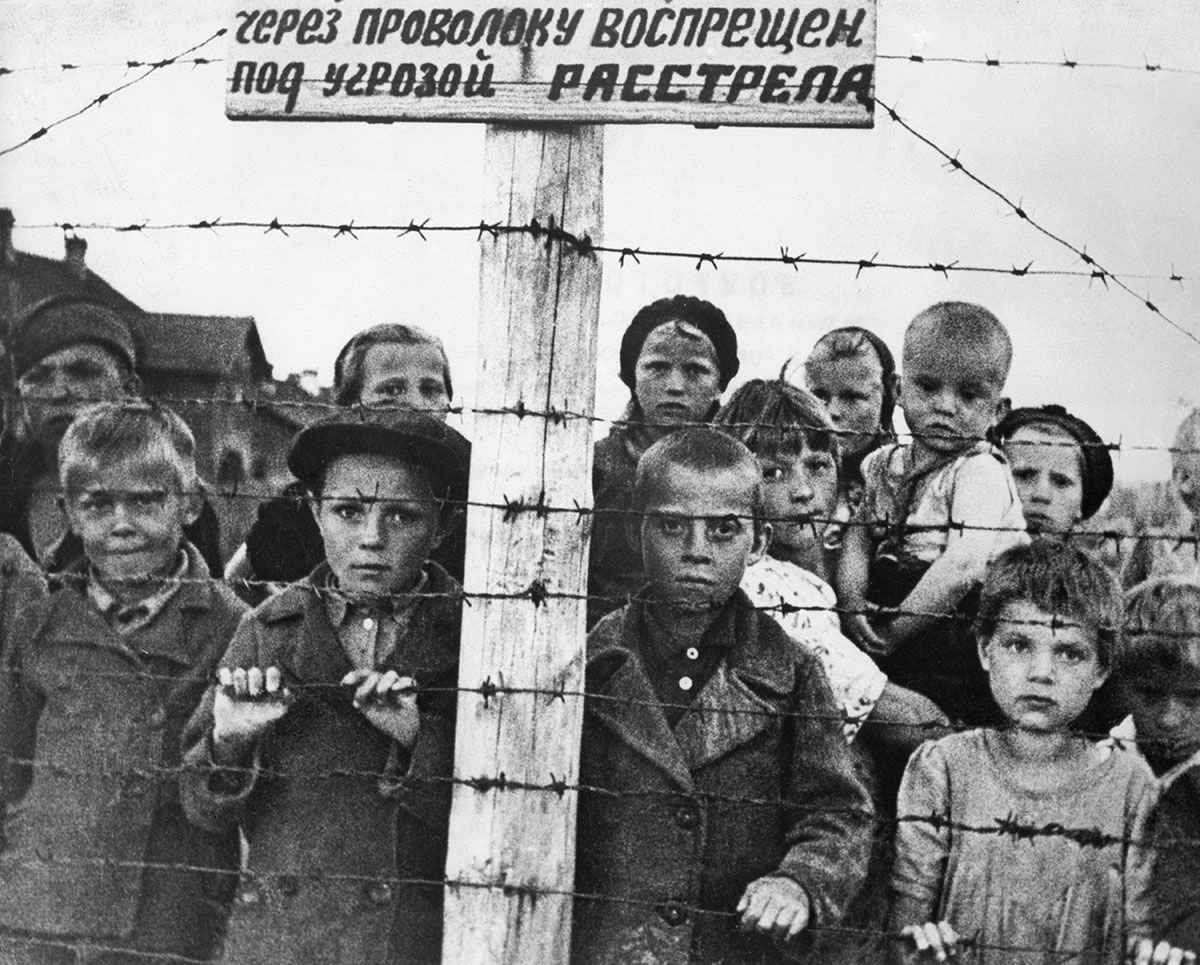
Historical/ Economic Conditions
The Holocaust partially occurred during a time when Nazi Germany was facing a food crisis. German soldiers needed supplies and food, so Germany developed the Hunger Plan, which was a plan to seize food from the Soviet Union and give it to German soldiers and civilians. This plan detailed the death by starvation of millions of Slavs following Germany’s invasion into Soviet Union. The plan as a means of mass murder was outlined and was quoted to expect “20 to 30 million” Russian deaths by starvation.
Type of Government
Nazi Germany was a dictatorship ran by Adolf Hitler. It was a successor of the Weimar Republic. As a dictator, Hitler had total control over the state. The government abolished trade unions. Workers, employees, and employers were forced into the German Labor Front. The Fuhrer principle came into the lives of every German. The principles states that authority flows downwards and was to be obeyed unquestionably.
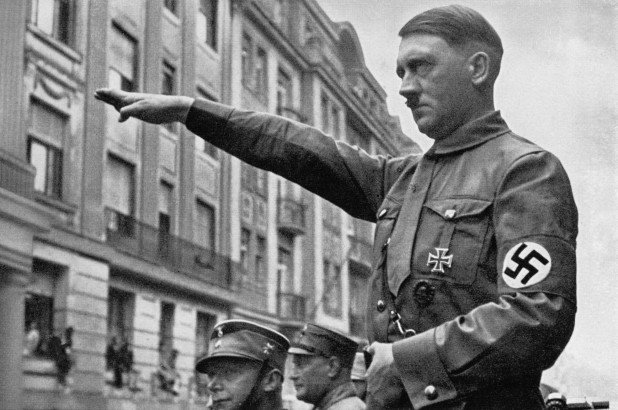
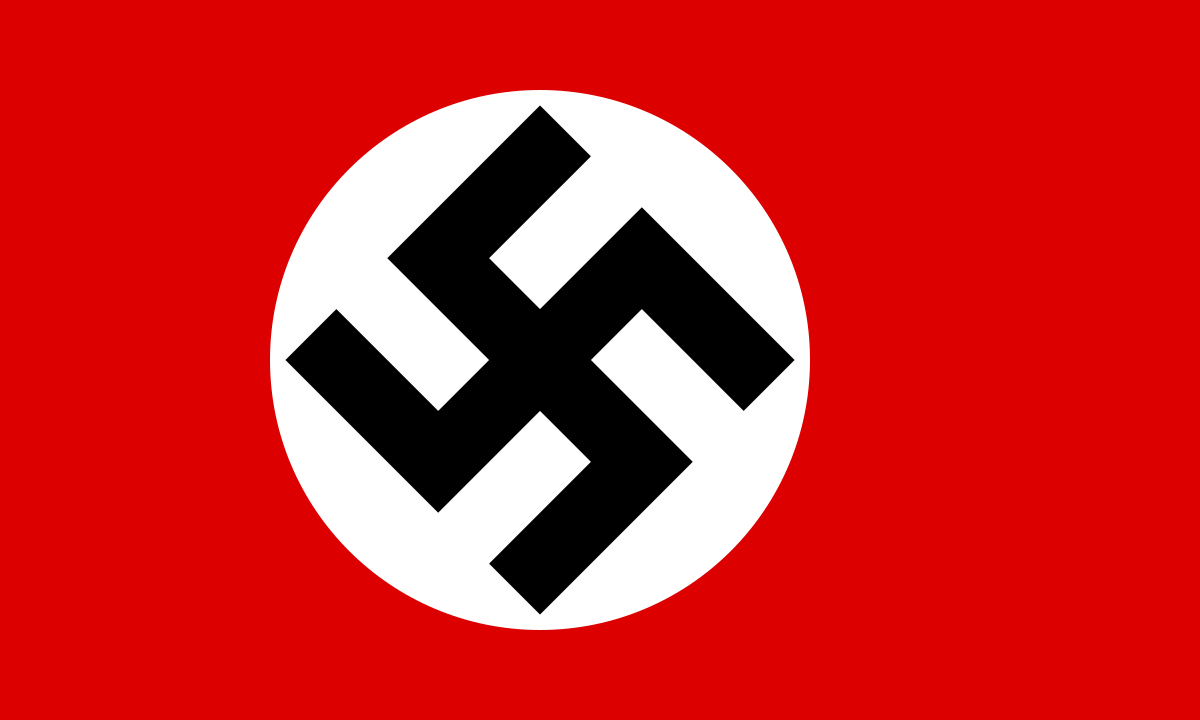
World Reaction
The world reacted in horror after the events of the Holocaust. To this day, the repercussions of the genocide can still be felt. However, many governments have been criticized for their failure to take appropriate action to save the millions who died. Critics say that intervention from Allied governments could have saved a number of people and could have been accomplished without much diversion of war resources.
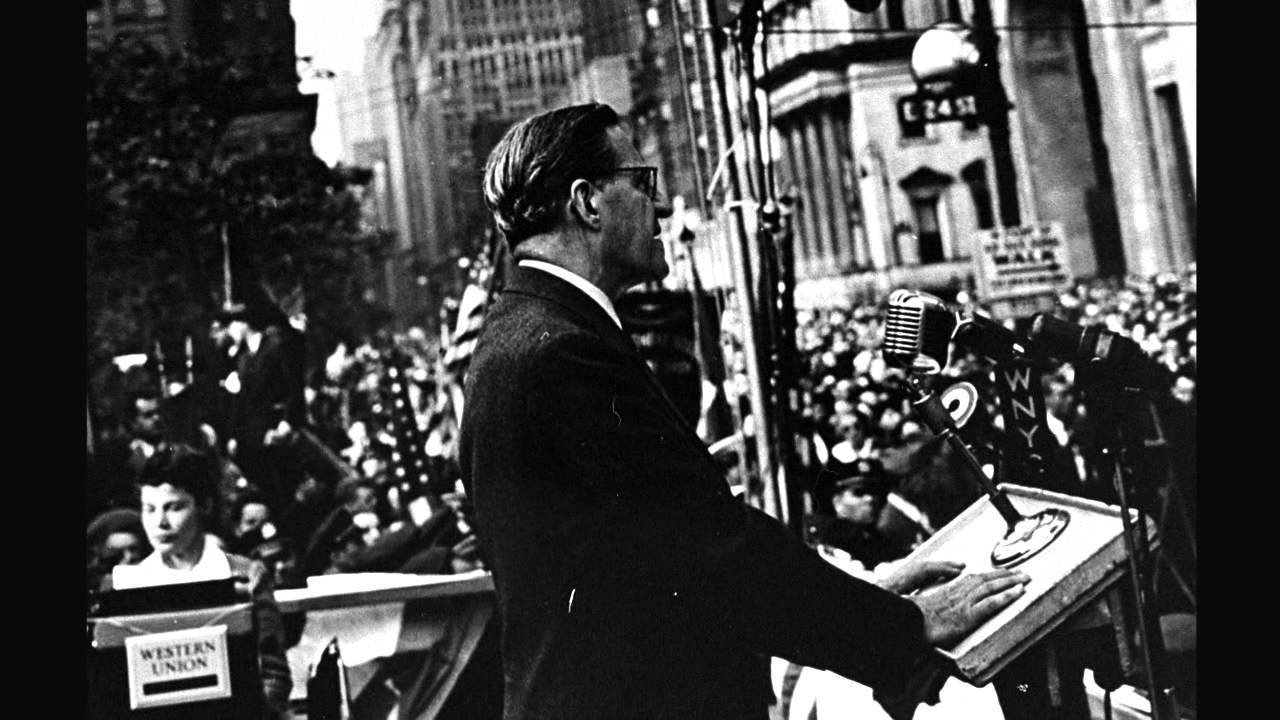
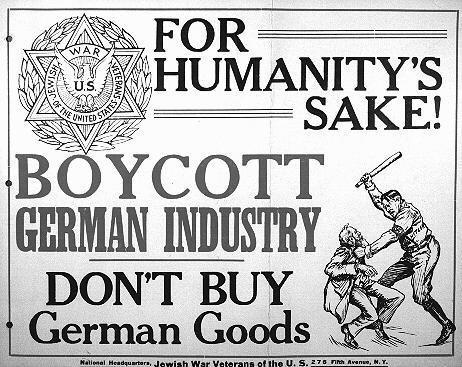
World Reaction
It is said that the Allied knew about the executions during the war, however visual information was lacking and it was not believved that people could be executed at this level. Moreover, most of the atrocities occured in Eastern Europe, away from Germany and Western countries. It was not so easy to visit these parts of the world during the war.
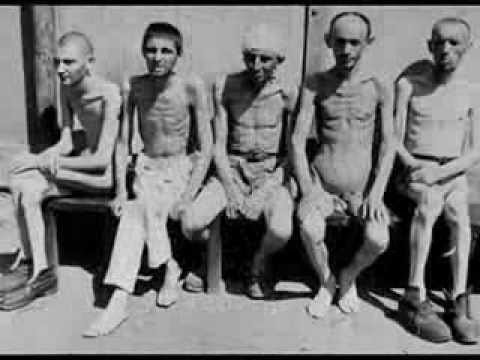
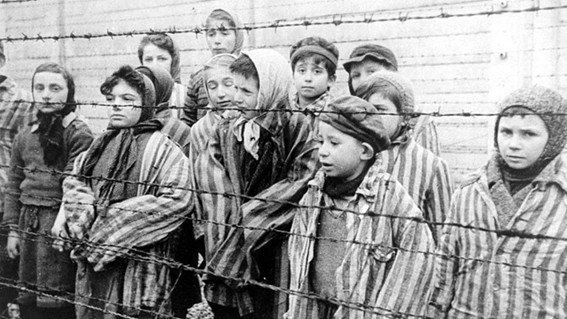
World Reaction
The true reaction to the Holocaust was during the Nuremberg War Trials. The tribunal outlined the crimes as crimes against peace, war crimes, and crimes against humanity. While a few of the guilty were punished, many were not.
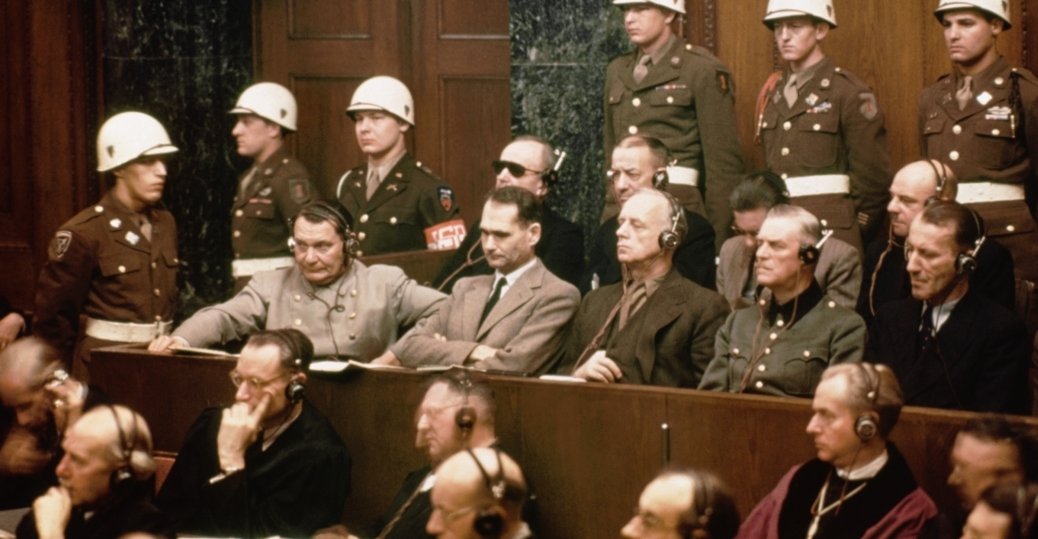
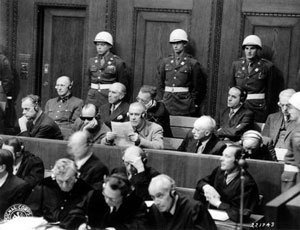
Social Justice Issues
The Holocaust had many social justice issues. One of the main ones was severe discrimination. The Nazi government heavily discriminated on certain groups and decided to execute these groups. The groups included Jews, Soviet Russians, gypsies, handicapped people, Poles, homosexuals, and political opponents.
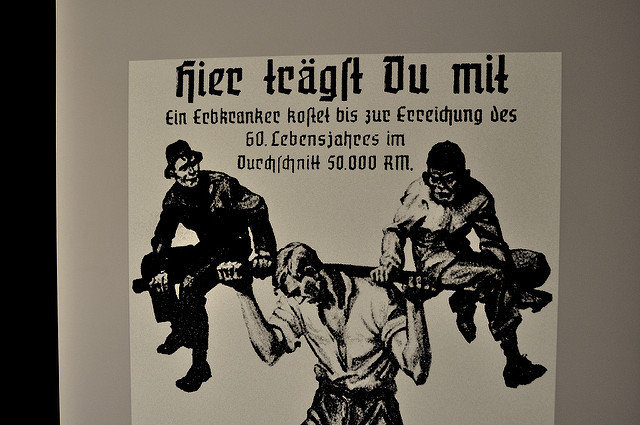
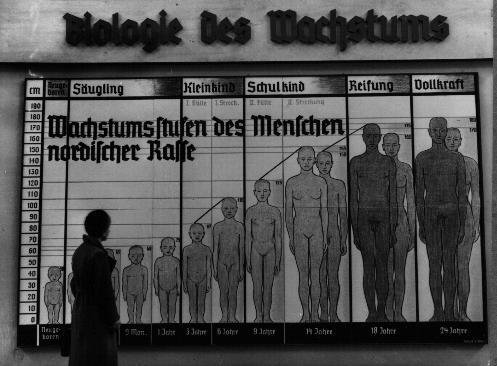
Aftermath
The Holocaust deeply affected the people of Europe and the rest of the world. It has been a major topic in theological, artistic, cultural, and political discussions. There have been instances of Holocaust deniers, who argue that the Holocaust was a hoax arising out of a deliberate Jewish conspiracy to advance the interest of Jews.
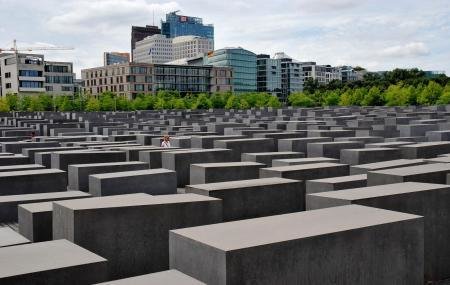
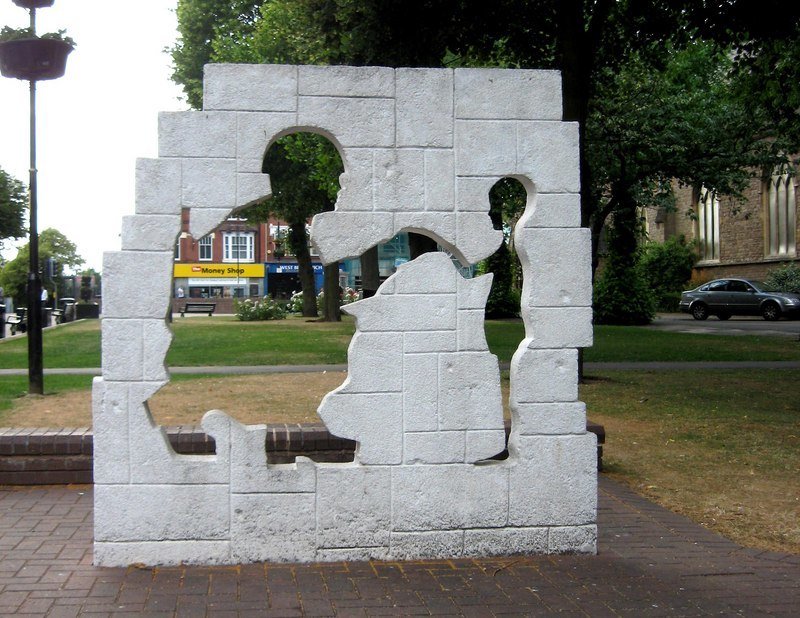
Nanking Massacre
The Nanking Massacre was a mass murder and mass rape committed by Japanese Troops stationed in Nanjing in 1937. The massacre occured in a period of 6 weeks after the Japanese captured the city of Nanjing. During this time, they murdered 40,000 - 300,000 Chinese people. They engaged in mass rape, murder, theft, arson, and other war crimes.
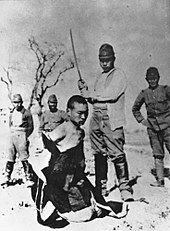
Historical/ Economic Conditions
The Nanking Massacre occured during the Second Sino-Japanese War, when Japanese forced invaded China. The Japanese Army invaded Shanghai months earlier and suffered heavy casualties. By mid-November, the Japanese had captured Shanghai. In December, headquarters ordered two armies to capture Nanjing, the then capital of the Republic of China.

Type of Government
Japan was known as the Empire of Japan, which was a monarchy. Power is held exclusively by the Emperor and his ministerial cabinet. The Emperor has the last word in all decisions. The Emperor during this time was Hirohito, the 124th Emperor of Japan.
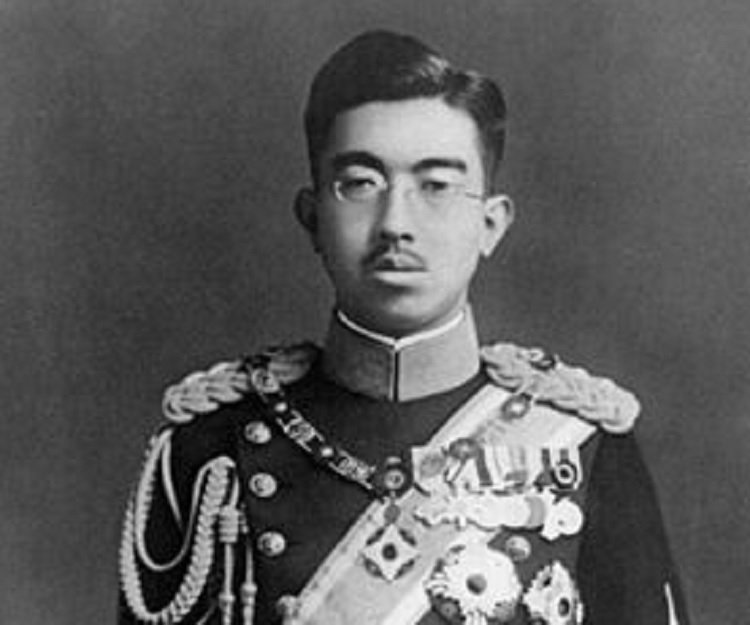
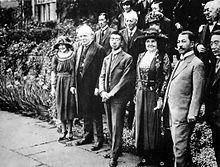
World Reaction
Most Americans only had a passing knowledge in the Nanking Massacre. Leaders in America and Britain were incredibly focused on the situation in Europe with Adolf Hitler.
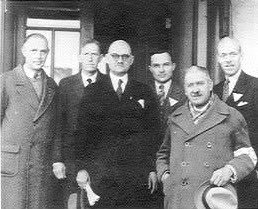
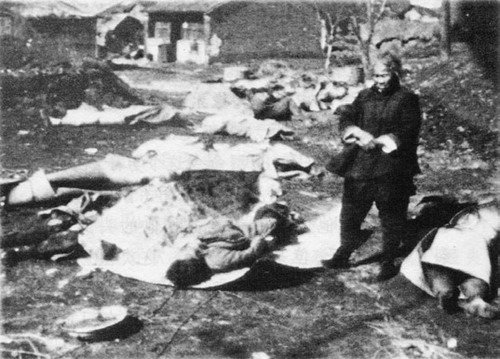
World Reaction
Normal people in Japan only have a vague idea on what happened and they do not know the specifics. They are unaware that the city was bombed and that soldiers went through shooting every civilian they could and committed atrocities such as cutting women up and sticking their babies on bayonets.
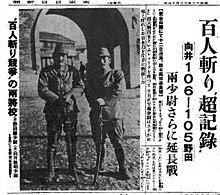

World Reaction
Chinese reaction and media to it has remained negative all throughout the twenty and twenty-first century. There is a deep hatred for the Japanese in Mainland China, especially among Nationalists. The Chinese government cites death tolls that are higher than that of international estimates as well.
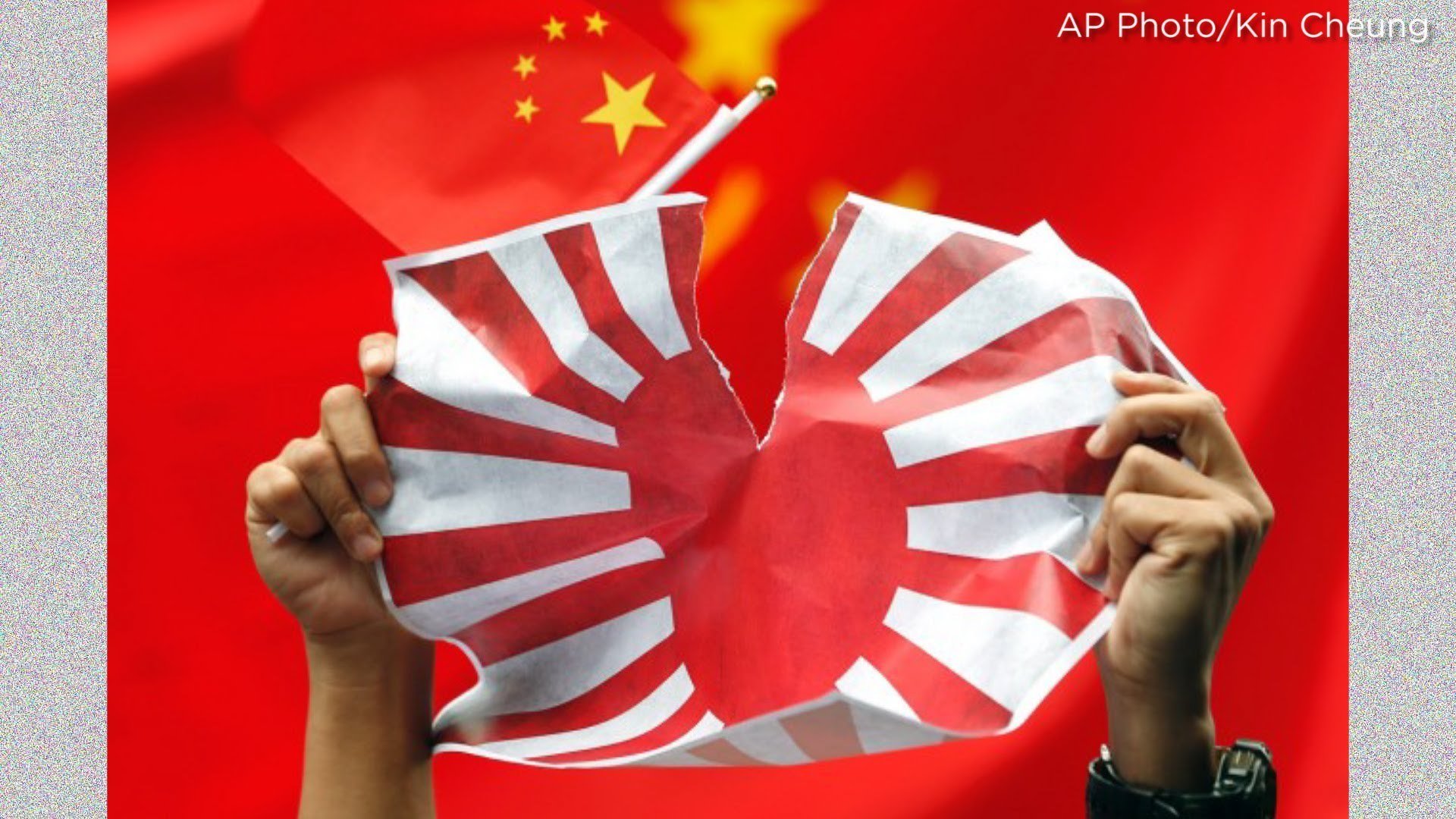
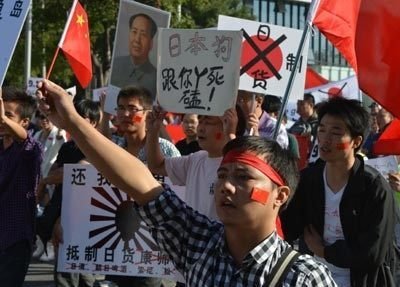
Social Justice Issues
A social justice issue that this genocide touched upon is rape. It seems that when humans become untethered like the Japanese forces at this moment, they can commit atrocities that ruin the dignity of humans.
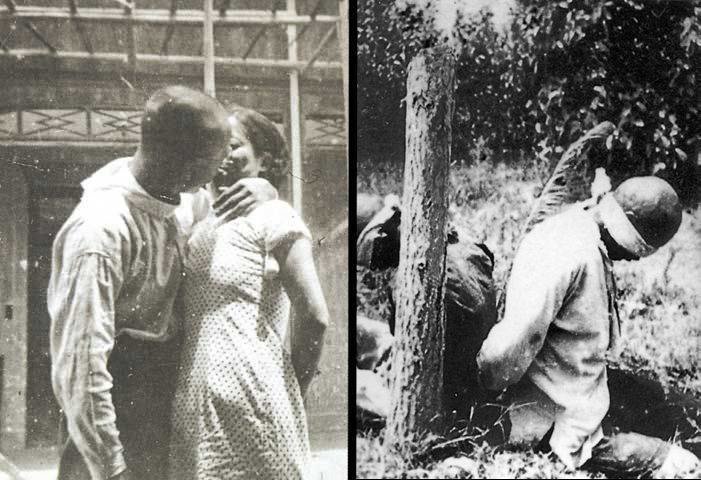

Aftermath
The genocide has been a political issue that has always disrupted Sino-Japanese relations. The Chinese government has been accused of exaggerating aspects of the massacre such as the death toll. Japanese nationalists, on the other hand, have claimed the massacre was fabricated for propoganda purposes.
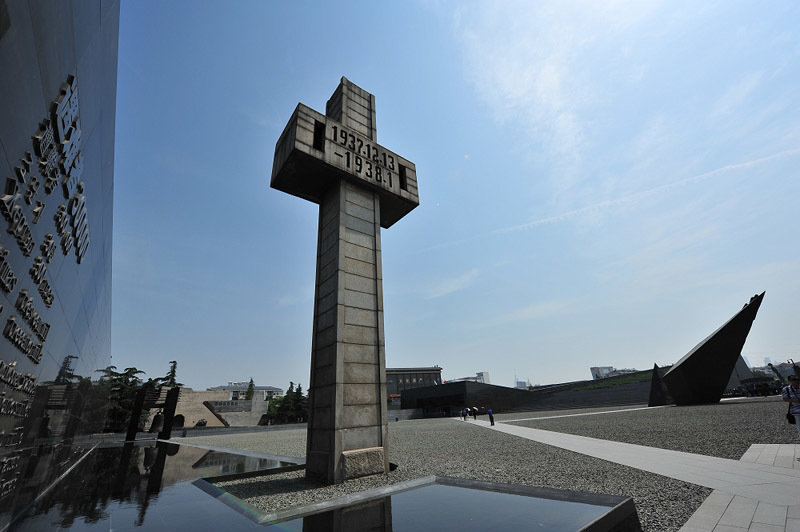
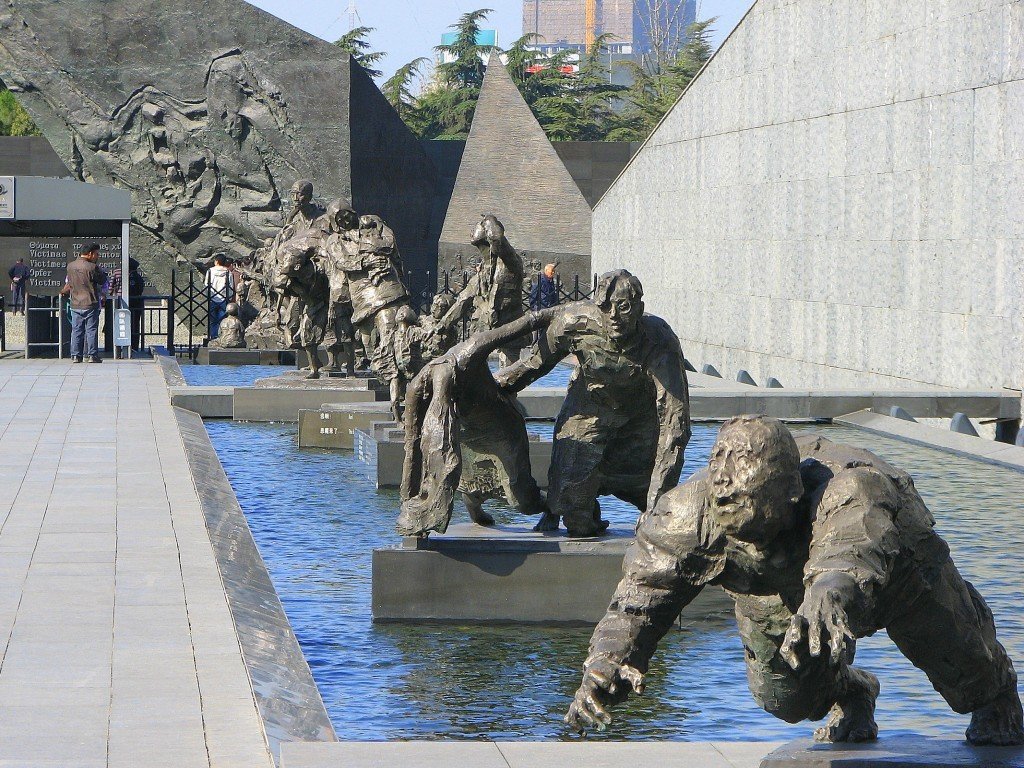
Holodomor
The Holodomor was a man-made famine in Soviet Ukraine in 1932 that killed millions of Ukranians. During the Holodomor, millions of inhaibtants of Ukraine died of starvation in the peacetime catastrophe. According the scholars, up to 12 million ethnic Ukranians died during the famine. Some scholars believe that the famine was planned by Joseph Stalin to eliminate a Ukrainian independence movement.
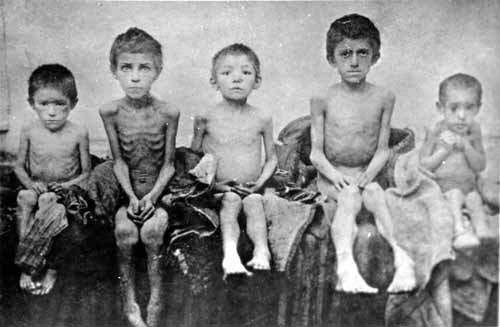
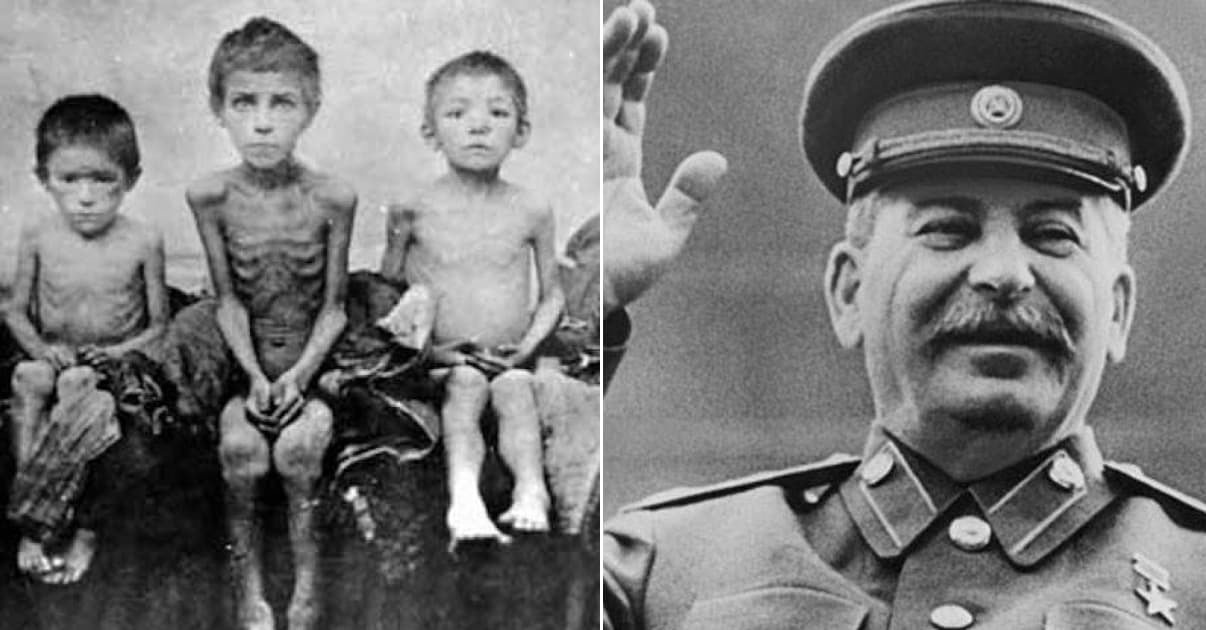
Historical/ Economic Conditions
Stalin’s goal for his collectivization policy was to increase the productivity of farmers by eliminating small, private farms and turning to mass agriculture. The Soviet government began seizing al privately owned farmland and livestock. The majority of Ukraine’s population were farmers and Stalin believed a future uprising would be led by a group of farmers named the Kulaks.
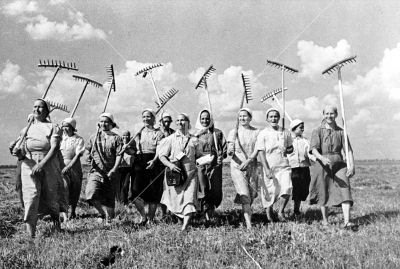
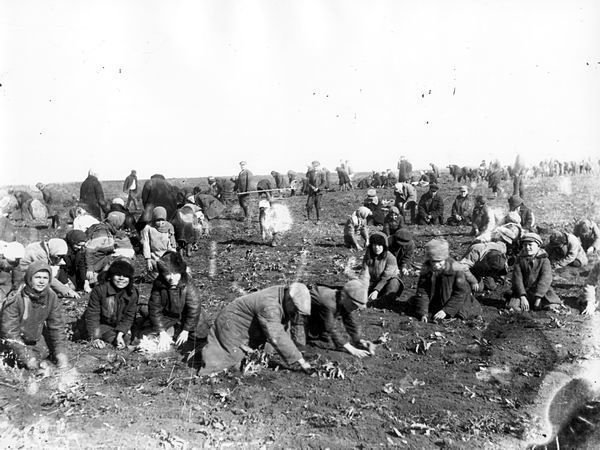
Historical/ Economic Conditions
Ukrainian farmers refused to return to serfdom and resisted giving up their land. As a result, armed brigades of Soviet troops forcibly confiscated land. The Soviet Union called for the arrest and execution of anyone who was found to be taking food from the fields where they worked. During this famine, 25,000 Ukrainians died every day.
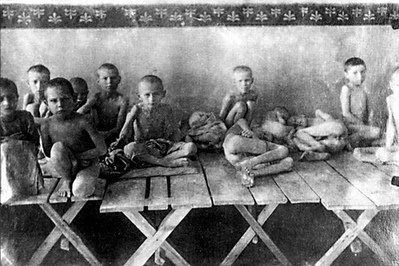
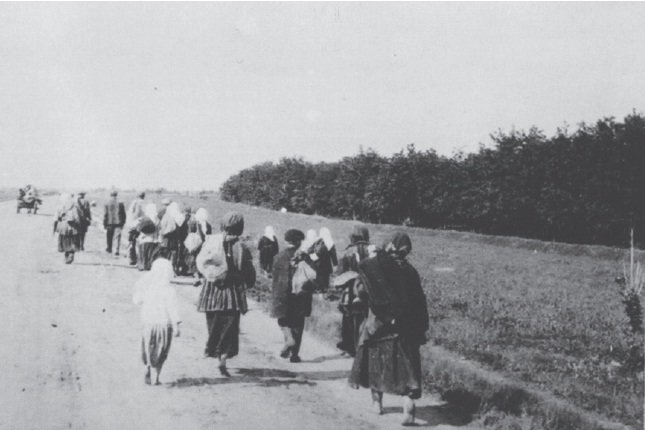
Type of Government
The government of the Soviet Union was communism. However, as most communist countries proclaim, the Soviet Union named itself as a socialist country. Joseph Stalin was the General Secretary of the Soviet Union. At first, he was leading an oligarchic one-party state that governed by consensus, but he became the dictator of Soviet Union by the 1930s.
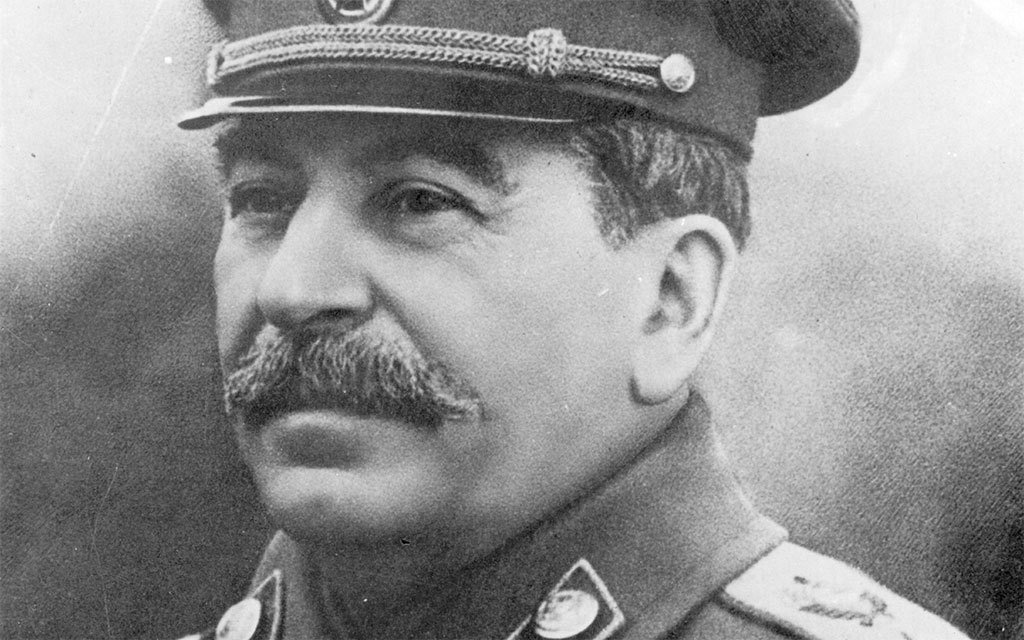

World Reaction
The world reacted to the Holodomor in shock and disbelief. Scholars underestimated the death toll for decades. Only about two dozen countries recognize it as a genocide today. Many consider it a general crime against humanity. Ukraine just recently declared it a deliberate act of genocide, but the world reacted and rejected it at first. It is now slowly beginning to recognize the extent of the damages caused by Stalin.
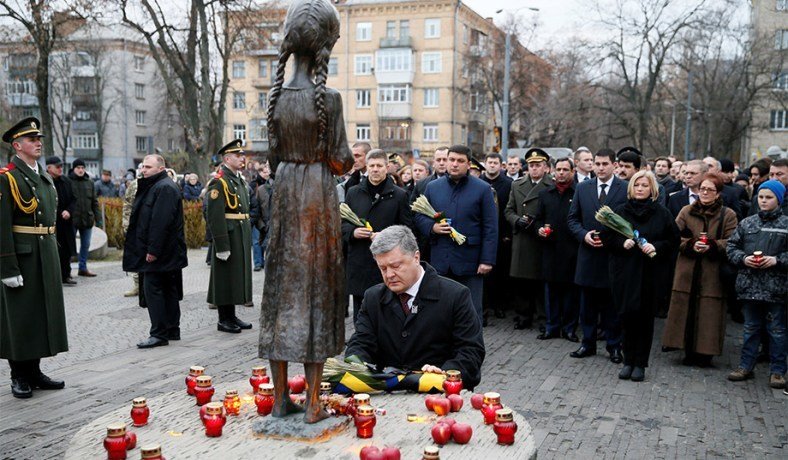
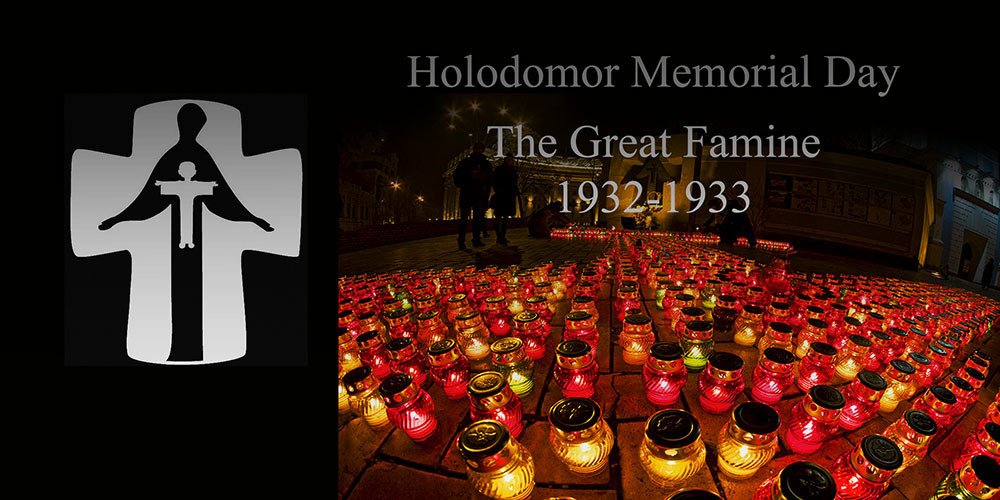
Social Justice Issues
The Holodomor brings to light the social justice topic of food. Food is a fundamental and basic human right as it is crucial for a human to survive. Stalin’s deliberate starvation of millions of Ukranian farmers is an injustice to human dignity.
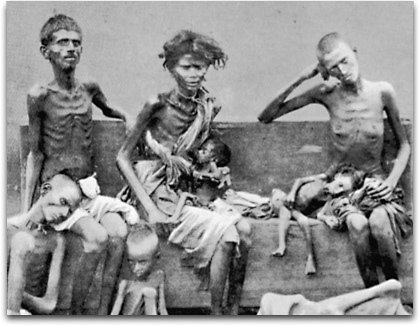
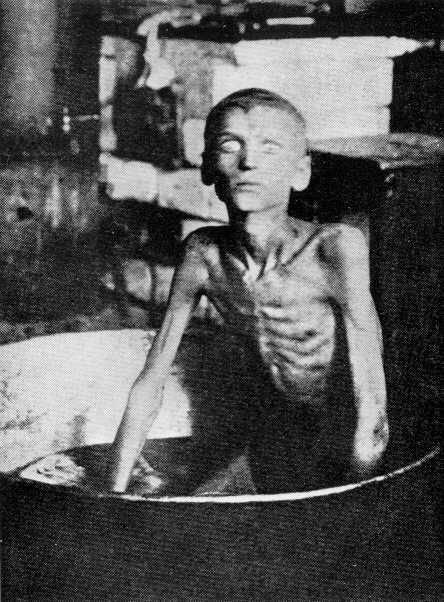
Aftermath
The Holodomor is a widely denied genocide. Most countries recognize it only as a crime against humanity. However, recently Ukraine and other countries have started to recognize it as a genocide committed by the Soviet Union and Stalin.
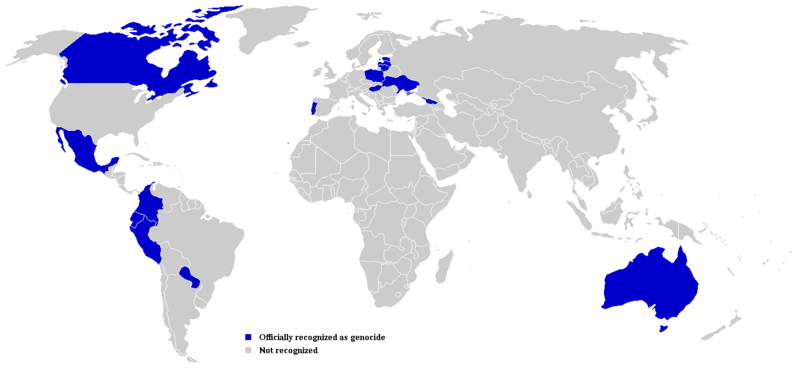
Cambodian Genocide
The Cambodian genocide resulted in the Khmer Rouge regime killing approximately 1.5 - 3 million Cambodian people. The regime had wanted to turn the country into a socialist agrarian republic that was founded on the principles of Maoism.
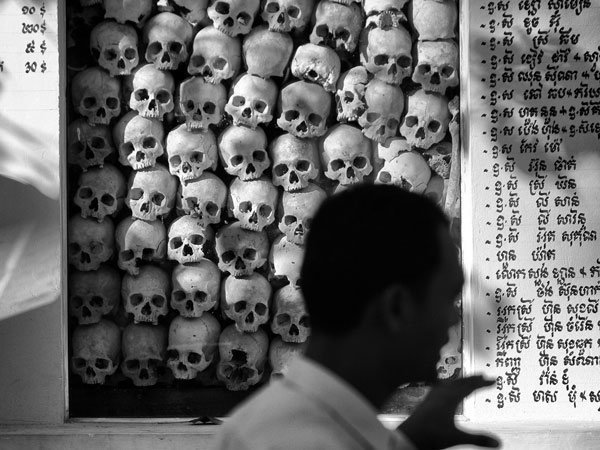

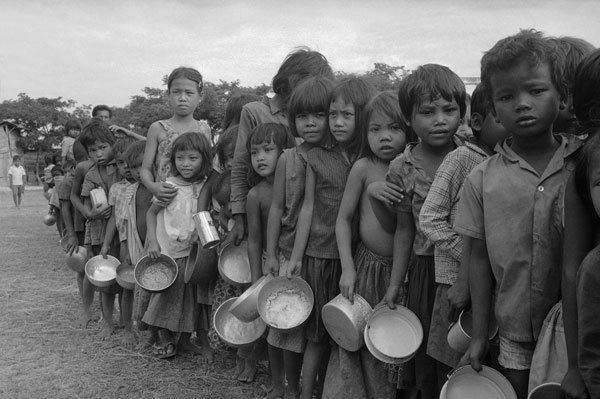
Historical/ Economic Conditions
The Khmer Rouge emptied out the cities and forced Cambodians into labour camps around the countryside, where mass executions, forced labour, physical abuse, and malnutrition occured. This resulted in the death of 25% of Cambodia’s total population.
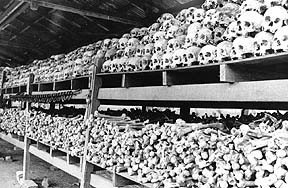
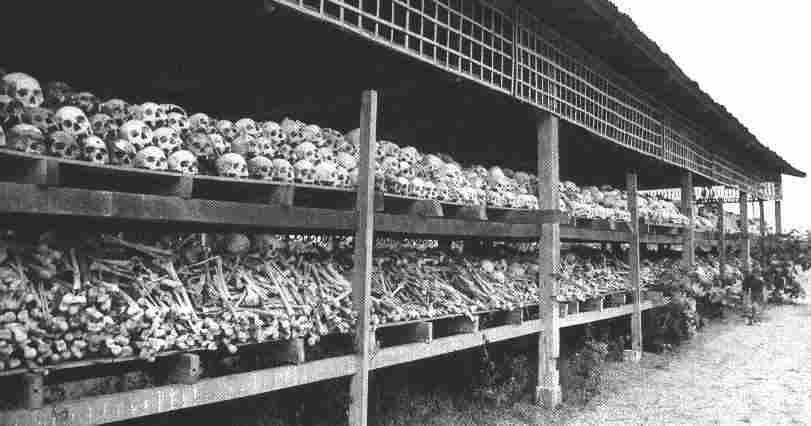
Type of Government
The Khmer Rouge regime was a Maoist one-party totalitarian dictatorship. The roots of their ideology seems to be traced back to France, where many of the top KR officials learned through Marxist political theory that class struggle sowed the seeds for violence. This made violence necessary for a revolution to succeed.
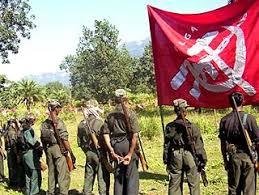
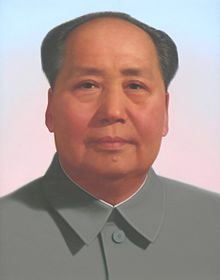
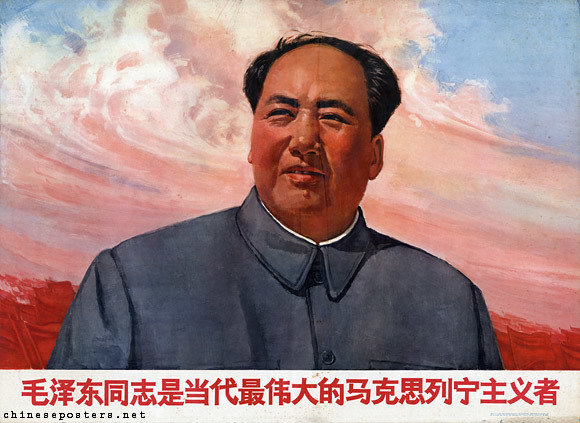
World Reaction
The leadership of Khmer Rouge was sentenced to life imprisonment for their crimes against humanity. The ending of the genocide was marked by the Vietnamnese invasion of Cambodia when the Khmer Rouge were defeated by the Vietnamese.
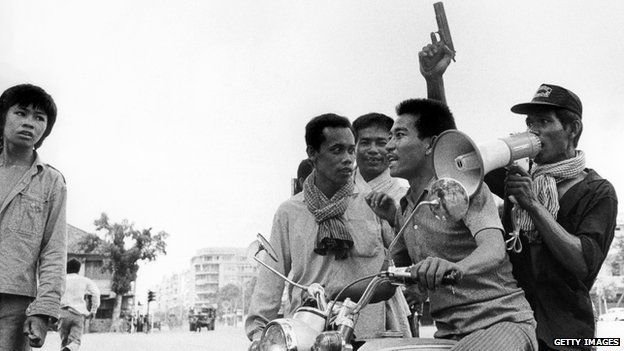
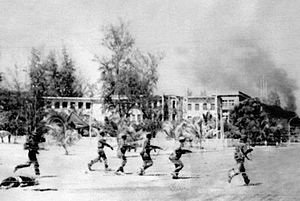
Social Justice Issues
The Cambodian Genocide takes on social justice issues that include human rights and food. The Khmer Rouge tried to create a socialist state by subjecting the Cambodian population to crimes against humanity. The Khmer Rouge arrested and executed anyone with connections to the former Cambodian government, professionals, intellectuals, and ethnic minorities.
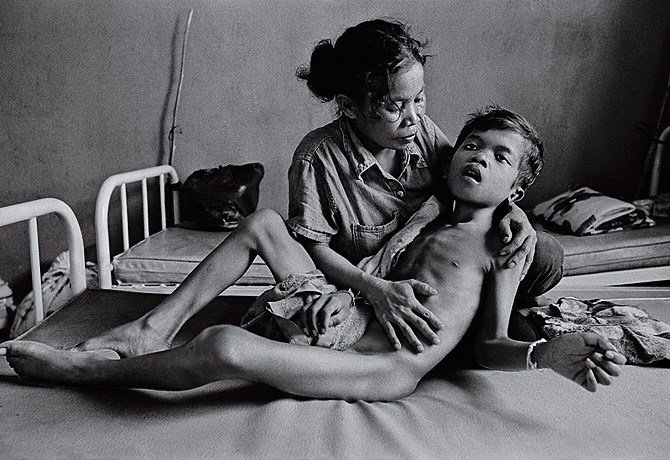
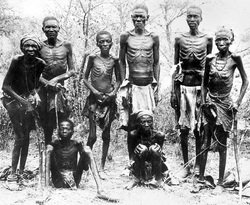
Aftermath
The Khmer Rouge regime was overthrown by Vietnamese forces in 1979. The genocide is known to be the “purest genocide of the Cold War era”. The attempt to purify Cambodia along racial, social, and political lines led to a purge of ⅙ of the entire population.
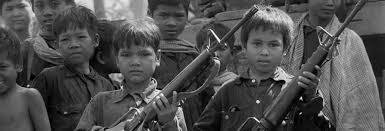
Rwandan Genocide
The Rwandan genocide was a mass slaughter of the Tutsi in Rwanda by the Hutu government. The genocide resulted in 500,000 - 1,000,000 deaths in a 100-day period from April to July 1994 and led to the extermination of 70% of the Tutsi population.
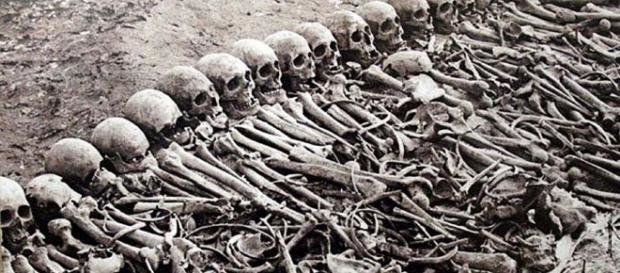
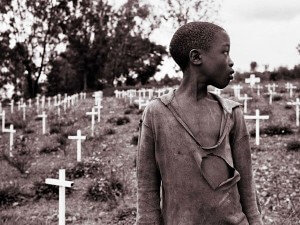

Historical/ Economic Conditions
The genocide was planned by the political elite. The genocide occured in the context of the Rwandan Civil War. The political elite, known as the RPF, were Tutsis, and blamed the government for failing to address Tutsi refugees. At the same time, the President’s plane was shot down. This led to Hutu extremists assuming it was the Tutsis who shot it down. The Hutus set out to destroy the entire Tutsi population.
Type of Government
The government of Rwanda is a presidential republic, which makes it unique in having a genocide occur under such a government. The President of Rwanda is both the head of state and head of government. Executive power is exercised by the government and the state uses a multi-party system.
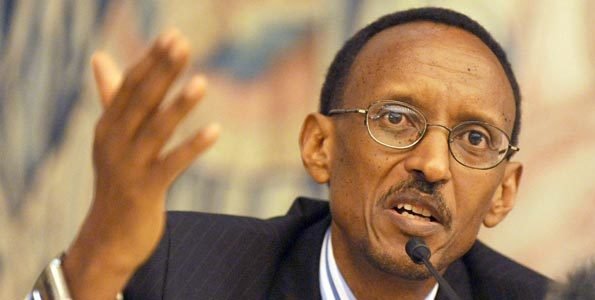
World Reaction
The world did not react to the Rwandan genocide. When the streets began to fill with corpses, the world stood and did nothing. It was clear months before the genocide that an outbreak would occur. The UN and US bodies had clear indications that a civil war would break out but no actions were made.
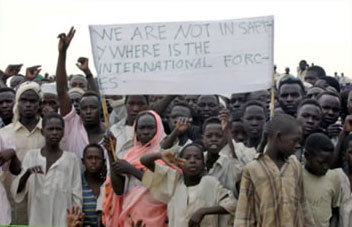
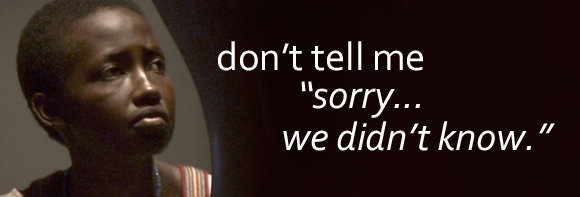
Social Justice Issues
The Rwandan Genocide takes into account discrimination. Civil hatred was the main cause of the genocide. There was a deep hatred among two different ethnic groups in the country. This kind of difference leads to group mentality and a discriminatory nature against differences.
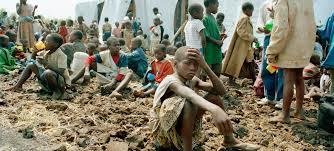
Aftermath
Today, Rwanda has two public holdiays to mourn the genocide. This includes a national mourning period on April 7 and concludes with Liberation day on July 4.


Citations
Cambodian genocide. (2018, July 31). Retrieved from https://en.wikipedia.org/wiki/Cambodian_genocide
History.com Staff. (2009). The Holocaust. Retrieved from https://www.history.com/topics/world-war-ii/the-holocaust
History.com Staff. (2009). Nanking Massacre. Retrieved from https://www.history.com/topics/nanjing-massacre
Holodomor. (2018, August 05). Retrieved from https://en.wikipedia.org/wiki/Holodomor
Citations
Introduction to the Holocaust. (n.d.). Retrieved from https://www.ushmm.org/wlc/en/article.php?ModuleId=10005143
Nanking Massacre. (2018, August 03). Retrieved from https://en.wikipedia.org/wiki/Nanking_Massacre
Rwandan genocide. (2018, August 04). Retrieved from https://en.wikipedia.org/wiki/Rwandan_genocide
The Cambodian Genocide. (n.d.). Retrieved from http://endgenocide.org/learn/past-genocides/the-cambodian-genocide/
Citations
The Holocaust. (2018, August 03). Retrieved from https://en.wikipedia.org/wiki/The_Holocaust
The Holodomor « World Without Genocide -. (n.d.). Retrieved from http://worldwithoutgenocide.org/genocides-and-conflicts/the-holodomor